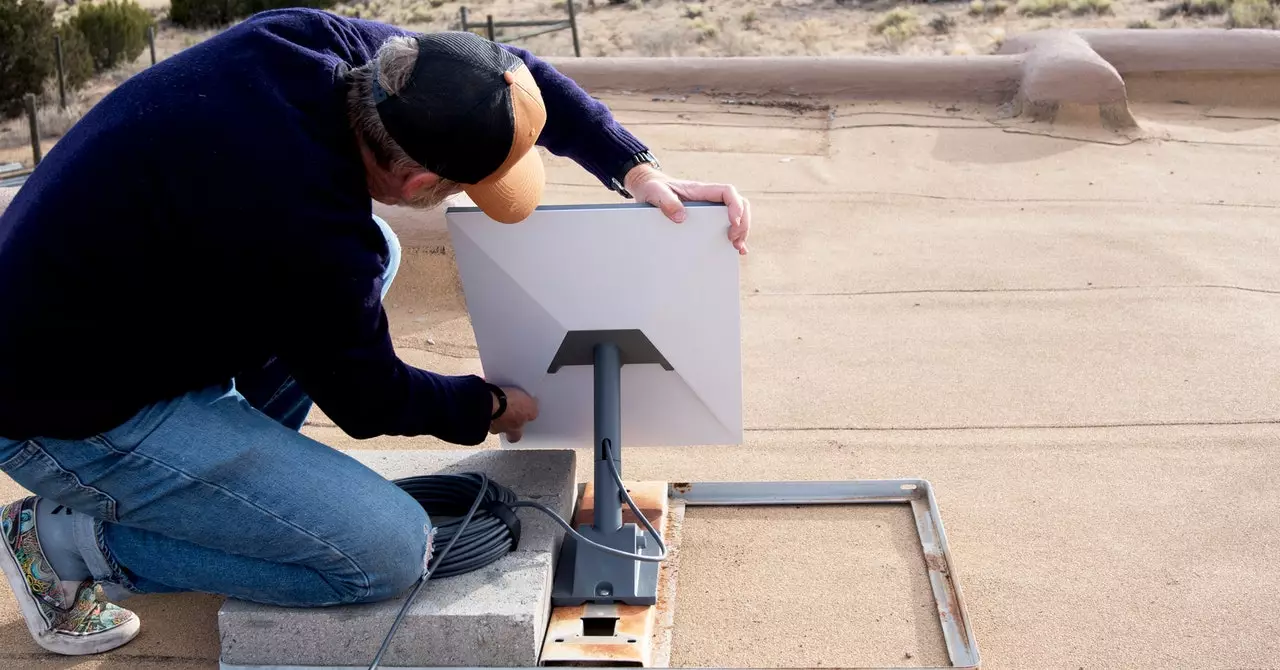In a bold move to redefine internet accessibility, SpaceX has submitted a request for modifications to its Starlink satellite system to the US Federal Communications Commission (FCC). On October 11, the company revealed plans to enhance the Gen2 system capable of providing gigabit-per-second broadband services. The intention, as articulated by SpaceX, is to deliver high-speed, low-latency internet connectivity not just across the United States, but to billions of individuals globally who currently lack reliable internet access. This initiative is particularly significant as it aims to bridge the digital divide, a longstanding issue that has hampered economic growth and social development in numerous underconnected regions.
Central to SpaceX’s proposal are several critical updates to the orbital configuration and operational parameters of its satellites. The restructured altitudinal positions would see a decrease in certain satellite heights from their originally planned altitudes, aiming instead for heights between 475 km and 485 km. This strategic lowering is designed to maximize the number of orbital planes and satellites within each plane, which is crucial for network performance and sustainability. By optimizing satellite arrangements in this manner, SpaceX hopes to enhance space sustainability and improve the sharing of spectrum with existing users.
The specifics of SpaceX’s strategy indicate a profound understanding of the complexities and challenges of satellite communications. The planned adjustments demonstrate a commitment not only to technological advancement but also to responsible stewardship of the orbital environment, which is becoming increasingly congested.
Further underscoring the significance of this venture, SpaceX CEO Elon Musk has emphasized that the upcoming generation of Starlink satellites will require the capabilities of the Starship for deployment, hinting at the scale and ambition behind the project. Musk’s assertion that these new satellites could provide a tenfold increase in bandwidth highlights the potential for transformative advancements in internet capabilities. This is not merely a technical upgrade but a radical expansion of what broadband service can encompass, enabling more users to access high-speed internet.
Despite the positive outlook presented by SpaceX, it is important to analyze the current state of Starlink’s performance. As of 2024, users are reportedly experiencing download speeds between 25 and 220 Mbps, which, while beneficial, falls short of the promised gigabit speeds. The service’s evolving status serves as a reminder that ambitious proposals must be matched with empirical deliverability.
Additionally, SpaceX’s request to lower the minimum elevation angle of satellites from 25 degrees to 20 degrees signifies a nuanced approach to improving network performance. Lowering these angles can lead to better connectivity, particularly in areas with challenging terrain or dense urban environments.
SpaceX’s proposals represent a pivotal moment in the realm of satellite communication, signifying both technological innovation and a commitment to addressing global connectivity issues. While there remain hurdles to overcome, the company’s proactive steps to enhance the Starlink program reflect an optimistic and forward-thinking approach to a more connected world. As these changes progress through regulatory channels, they may well set new standards for broadband internet accessibility across the globe. The potential for true universal connectivity beckons, and SpaceX is determined to be at the forefront of this transformative journey.

